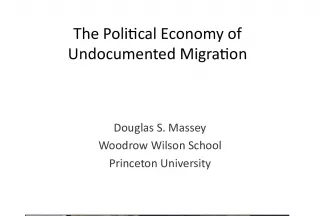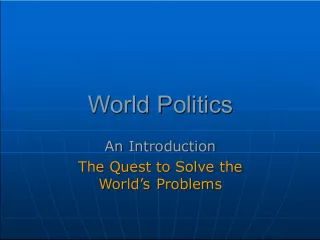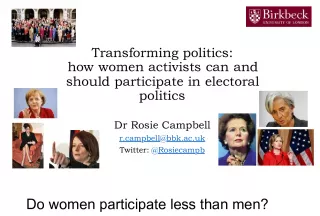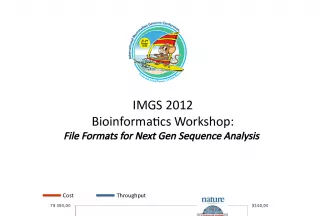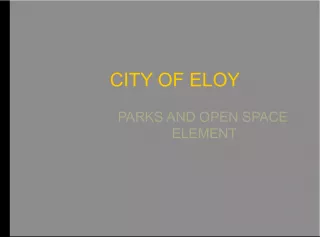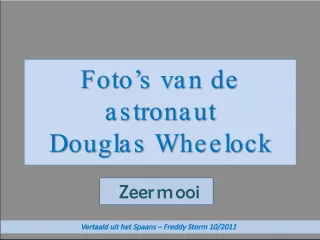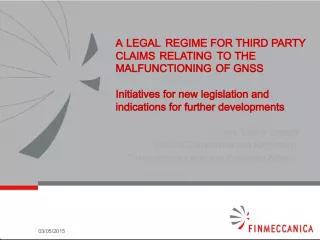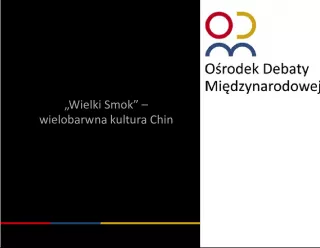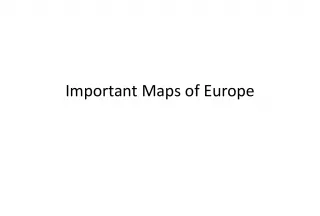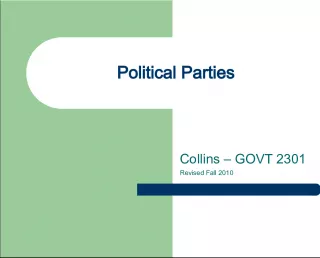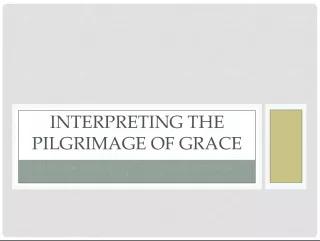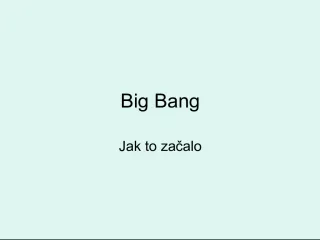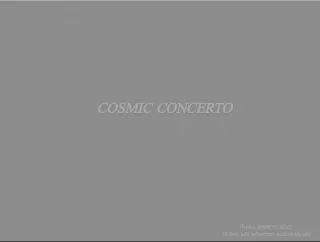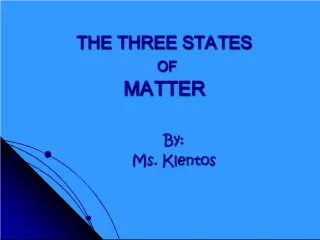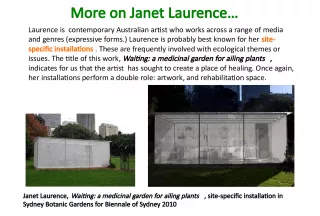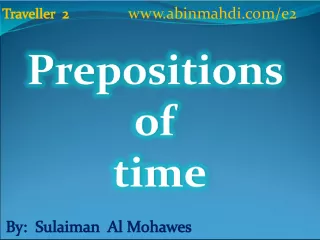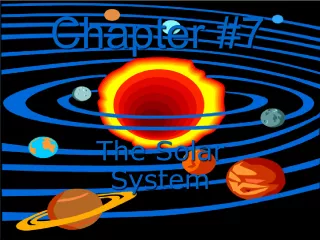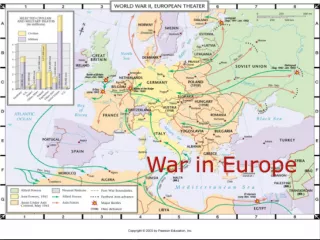The Politics of Space in Latino Urbanism


Professors Daniel Bernardi and Michelle Martinez discuss the transformation of Latino urban environments and the politics surrounding it, using examples such as "West Side Story" and "A Place for Us."
- Uploaded on | 0 Views
-
 guadalupe
guadalupe
About The Politics of Space in Latino Urbanism
PowerPoint presentation about 'The Politics of Space in Latino Urbanism'. This presentation describes the topic on Professors Daniel Bernardi and Michelle Martinez discuss the transformation of Latino urban environments and the politics surrounding it, using examples such as "West Side Story" and "A Place for Us.". The key topics included in this slideshow are Latino urbanism, politics of space, West Side Story, urban Latinos, A Place for Us,. Download this presentation absolutely free.
Presentation Transcript
1. 1 Lecture 8: Latino Urbanism: How does a Cockroach become a Shark? Lecture 8: Latino Urbanism: How does a Cockroach become a Shark? Professor Daniel Bernardi / Professor Michelle Martinez
2. 2 In the last lecture In the last lecture John Ford - Irish American Auteur Fords Western Types Fort Apache (1948)
3. 3 In this lecture In this lecture The Politics of Space Urban Latinos Drawing the Line A Place for Us West Side Story (1961)
4. 4 The Politics of Space The Politics of Space Lecture 8: Part 1 Latinos in Urban Spaces
5. 5 The Politics of Space The Politics of Space Manhattan is divided territorially, economically, racially, and ethnically. Each socioeconomic and ethnoracial group inhabits a space concretely demarcated, and even neighborhood border crossings are avoided. -Alberto Sandoval-Sanchez
6. 6 Manhattan Manhattan Manhattan Island is bound by the Hudson River to the west and the East River to the east. To the north, the Harlem River divides Manhattan from The Bronx and the mainland United States. The island is 20 mi(51.8 km of land measuring 13 miles (21 km) long and 2.3 miles (3.7 km) across at its widest point. The borough has an area of 33.8 mi(87.5 km, of which 32.01% is water.
7. 7 Borough of Manhattan Borough of Manhattan
8. 8 Puerto Ricans in Manhattan Puerto Ricans in Manhattan Nearly 40,000 Puerto Ricans settled in New York City in 1946 58,500 in 195253
9. 9 Puerto Ricans in Manhattan continued Puerto Ricans in Manhattan continued By 1960, the United States census showed that there were well over 600,000 New Yorkers of Puerto Rican birth or parentage. Estimates were that more than one million Puerto Ricans had migrated during that period. By 1964, the Puerto Rican community made up 9.3 percent of the total New York City's population. In 2000, 56.4% of people living in Manhattan were White, 27.18% were Hispanic of any race, 17.39% were Black, 14.14% were from other races, 9.40% were Asian. Click here to read more about Puerto Rican Immigration to Manhattan
10. 10 Upper East Side Upper East Side The Upper East Side is home to more than 100,000 people and has a per capita income of over $90,000. It is one of the largest concentrations of extreme wealth in the United States. -Wikipedia
11. 11 East vs. West East vs. West In its historical specificity, the space of the West Side obtains its total meaning in the not- said space is read. The not- said space is the Upper East Side, which is present because of its topographical contiguity. The Upper East Side is the center of Anglo-American white power, for the upper bourgeois class resides there. -Alberto Sandoval-Sanchez
12. 12 The Big Point The Big Point As the population begins to rise on the small island of Manhattan, the center of power must maintain its locus, i.e. the Upper East Side, the defining territory of the North American power base. In order to keep this hold on Manhattan and therefore the rest of North America, the other is regulated to other territories within the island, not just the West Side, but specific portions of it, designated by ethnoracial and socioeconomic status.
13. 13 Drawing the Line Drawing the Line Lecture 8: Part 2 A Place For Us
14. 14 Chicanos or Puerto Ricans? Chicanos or Puerto Ricans? The play ( West Side Story ) was supposed to take place between a Jewish girl and an Italian Catholic boy. However, with Puerto Rican migration, the idea became dated. As a result, the production team even considered Chicano gangs in their search for exoticism and color
15. 15 Locating The Other Locating The Other Although the team was clearly interested in juvenile delinquency it is interesting to observe how the domestic ethnic and racial others interact and replace each other. The writers moved comfortably from Jews and Italians to Chicanos to Blacks and finally, to Puerto Ricans. They were simply searching for a confrontation between peoples of color and Caucasian Anglo-Americans. -Alberto Sandoval-Sanchez
16. 16 Locus Urbanus Locus Urbanus These prejudices constitute a discourse of racism by framing the racial other in stereotypes of delinquency, poverty, and crime; it is how Puerto Ricans, were conceived and portrayed in West Side Story , which re-presents the new spatial paradigm, the locus urbanus , for people of color. -Alberto Sandoval-Sanchez
17. 17 Power Identified Power Identified After a rigorous examination of the opening scenes, one can detect that the Anglo- Americans generally establish command by speaking first and defining Puerto Ricans in a pejorative way. -Alberto Sandoval-Sanchez
18. 18 From Cockroach to Shark From Cockroach to Shark The Jets associate the Sharks with Cockroaches. The Jets judge Puerto Rican migration to the urban center as an invasion of cockroaches that reproduces without control and infects their territory. When Anita enters the candy store, one of the Jets whistles La Cucaracha.
19. 19 Binary Articulations of Power Binary Articulations of Power The crisis surges from the fact that the Jets do not allow the settlement of the Sharks in their territory or home. As a result, the drama articulates a binary and hierarchical opposition of power relations, and this binarism establishes the dominant paradigms of the musical
20. 20 Binary Articulations of Power Binary Articulations of Power Jets/Sharks U.S./Puerto Rico Center/Periphery Empire/Colony Native/Alien Identity/Alterity Sameness/Difference
21. 21 The Big Point The Big Point By locating and defining the racial and ethnic other, the dominant group then seeks to designate them to an urban subterritory and to a societal role, that of delinquent, criminal, cockroach. It is out of this space, a place demarcated for them, the bait is set for the war of binaries that must therefore ensue.
22. 22 West Side Story (1961) West Side Story (1961) Lecture 8: Part 3
23. 23 Summary Summary In retelling the Romeo and Juliet tragedy, West Side Story won 10 Oscars. But instead of Verona's warring Montagues and Capulets, it's the Sharks vs. the Jets, rival gangs battling for turf on the streets of 1950s New York City. When Jet Tony falls for Shark Maria the only way to solve their dilemma is through a rumble in the asphalt jungle. -Anonymous
24. 24 West Side Story (1961) West Side Story (1961) Based on Romeo and Juliet by William Shakespeare Written for stage by Jerome Robbins and Arthur Laurents Adapted for screen by playwrights with Ernest Lehman
25. 25 West Side Story (1961) West Side Story (1961) Film starred Natalie Wood In brown face as lead role and love interest Maria as innocent/ virginal
26. 26 Sweeps the Oscars Sweeps the Oscars Rita Moreno (Anita) wins for best supporting actress George Chakiris (Bernardo) wins for best supporting actor Wins for choreography 8 additional awards
27. 27 The Politics of Race The Politics of Race The song America sung by Puerto Rican Patriotic message delivered by an assimilated immigrant who despises her origin and culture Prefers the comfort of the American Way of life Confrontation of identities takes place when the Puerto Ricans take sides on issues of nationalist politics and assimilation The Puerto Ricans insult each other for being divided between nationalist and assimilated
28. 28 Message of Assimilation and Segregation Message of Assimilation and Segregation Anitas message of assimilation turns to that of segregation after she is attacked in candy store. From a position of pain and rage she advises Maria to Stick to your own kind. Now Anita is advocating racial and ethnic segregation. Once Anita opposes Marias and Tonys interracial marriage, the system of power exempts itself from preventing such a marriage.
29. 29 La Pieta La Pieta Evokes La Pieta, an image that activates the Christian cultural repertoire Depends on melodrama Articulates a series of connotations of women as submissive and suffering mothers of sorrow and solitude
30. 30 The Big Point The Big Point In the end, it is the Puerto Ricans themselves who advocate getting married to members of the same race, ethnicity, and culture. This is how the hegemonic power pretends to give agency to the marginalized and disenfranchised
31. 31 End of Lecture 8 End of Lecture 8 Next Lecture : Whats a crossover butt? Whats a crossover butt?
